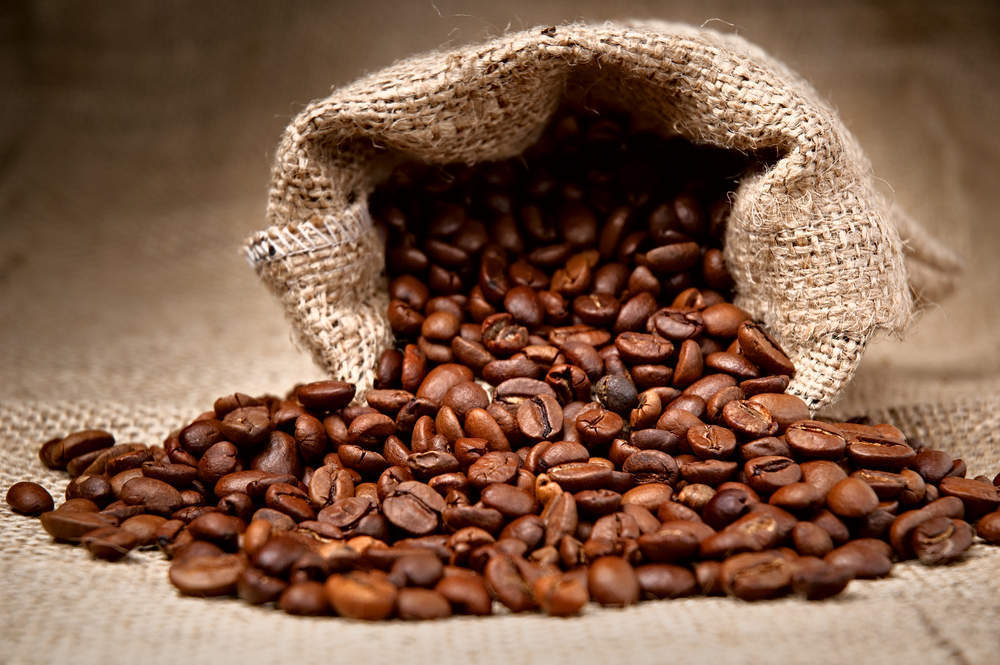
Coffee consumption fuels the global workforce, which relies on regular espressos, lattes and cappuccinos to keep eyes open and business moving — coffee is the most consumed drink worldwide.
According to the British Coffee Association, more than two billion cups of coffee are consumed each day for that shot of caffeine and the burst of energy that comes with it.
Given your habitual coffee consumption (coupled with those early starts), you probably don’t give much thought to the humble bean that makes it all possible, or the arduous journey that it has to take in order to provide you with that early morning pick-me-up.
Verdict visited London-based coffee roastery to find out the coffee-making process from bean to cup in order to help you appreciate the time and effort that goes into producing the perfect brew.
Scroll down for full video
From bean to cup: Breaking down the coffee process
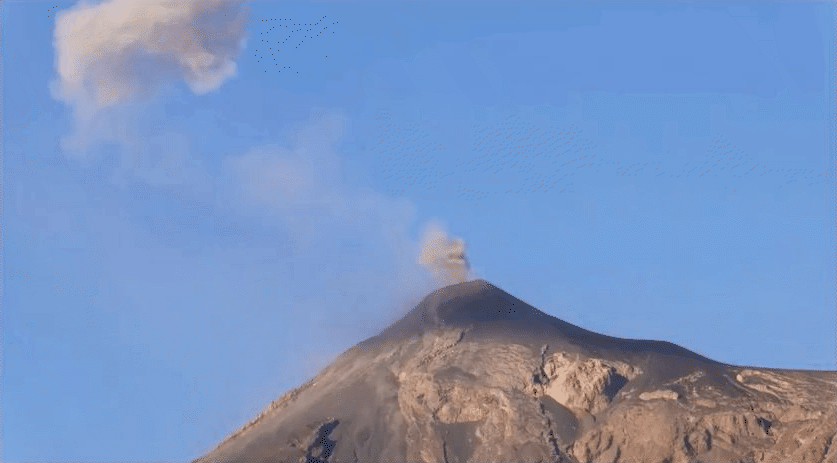

US Tariffs are shifting - will you react or anticipate?
Don’t let policy changes catch you off guard. Stay proactive with real-time data and expert analysis.
By GlobalDataCoffee beans aren’t beans at all. They’re seeds, taken from a subtropical shrub known as the coffea plant.
These plants are native to Africa and Asia, but have since been introduced to Central and South America. Depending on where these plants grow, they produce beans with differing shapes, sizes, colours and flavours.
However, there are two main types of coffea plants:
Coffea Arabica – These plants are grown at higher altitudes, which produce a soft flavour and low acidity when turned into coffee. However, production costs are higher and bean yield is lower.
Coffea canephora – These plants are grown at lower altitudes in hot temperatures with low moisture. This produces an acidic and harsh flavour that is generally less desirable in the coffee market.
According to the US’ National Coffee Association, it takes approximately three to four years for coffea shrubs to bear fruit. Following the first harvest, a plant will bear fruit again approximately once a year.
Harvesting coffee beans
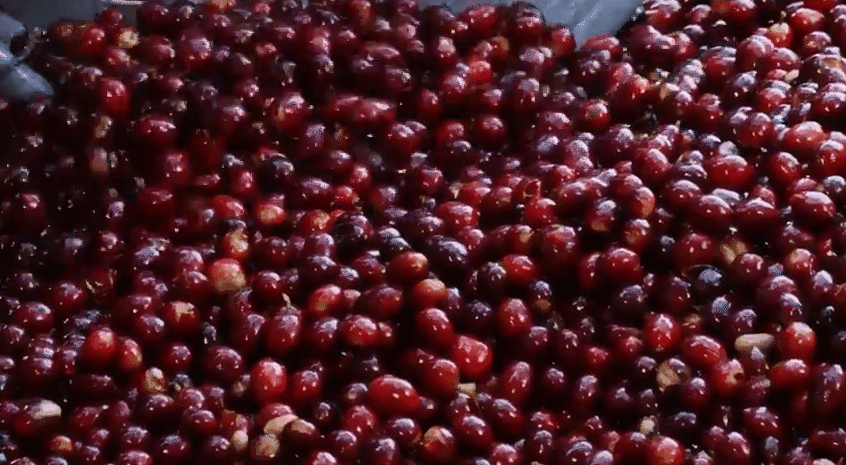
Technology and automation has started to replace human workers in some parts of the world. However, many countries still rely on workers to hand-pick coffee beans once or twice a year.
The beans (known as a cherry) change from green to a bright red when they are ready to be picked.
Canephora cherries are usually stripped from coffea plants in one go in order to save on labour costs. However, the more expensive Arabica plants are checked on every eight to ten days, with cherries only picked when they reach peak ripeness.
From cherry to bean
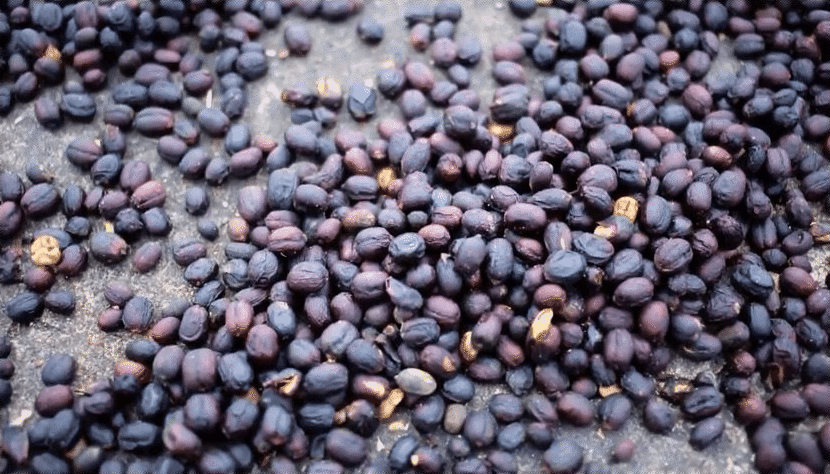
The drying process is the most important stage of the coffee production process.
Cherries must be dried to a moisture content of 11% immediately after they are picked, or the quality will rapidly deteriorate and spoil the flavour of the final product. However, over-dried cherries will become brittle, resulting in a low haul of sufficient beans.
Traditionally, coffee cherries are placed on mats underneath the sun to dry. Workers regularly turn them during the day to ensure that they dry evenly, while they are covered at night to protect from moisture.
This part of the process, known as the dry method, typically takes four weeks to complete.
However, some beans now undergo a new drying process known as the wet method. Using this method, the skin and pulp surrounding the coffee bean is removed prior to drying.
With their mucilage, a layer of natural sugars and alcohols, intact, the beans are placed into a three foot deep container for six to 80 hours to ferment. The mucilage dissolves, adding to the bean’s flavour.
The remaining bean must then be placed in the sun to dry. Coffee cherries will begin to resemble a coffee bean after about 20 days.
The wet process is typically used for Arabica beans, while the dry method is most often used for robusta coffee, according to the Food and Agriculture Organization of the United Nations.
Final preparations
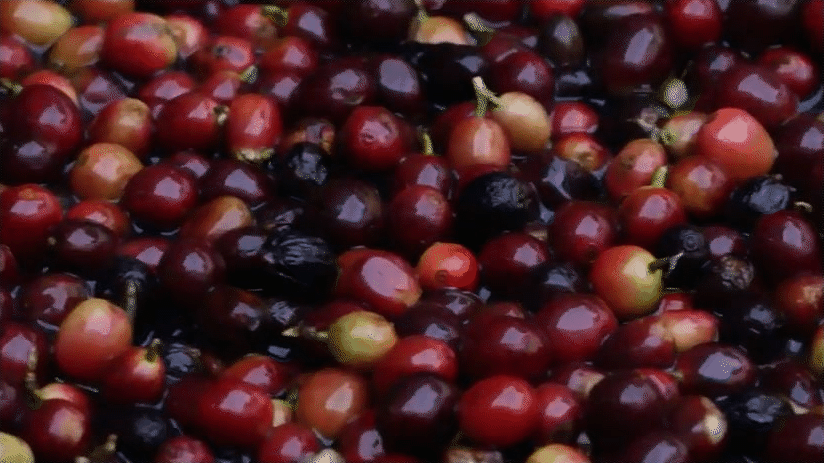
Once the beans are adequately dried, they are taken to a mill to finish off the production process.
The beans are put into a hulling machine to remove any leftover skin. These machines are able to remove the final layer of skin from wet-dried beans and all four layers (husk, exocarp, mesocarp, endocarp) from dry-dried beans in one go.
Some coffee producers then polish each bean in order to remove any remaining skin. These beans tend to fetch a higher price. However, this stage is optional.
Beans are then put into a gravity machine. This helps to sort the beans by weight and remove any debris that has escaped notice throughout the process. Alternatively, workers hand-sort beans by colour and weight. Typically, each bean is checked by a human for any defects at this stage to ensure the quality of the final product.
Purchasing process
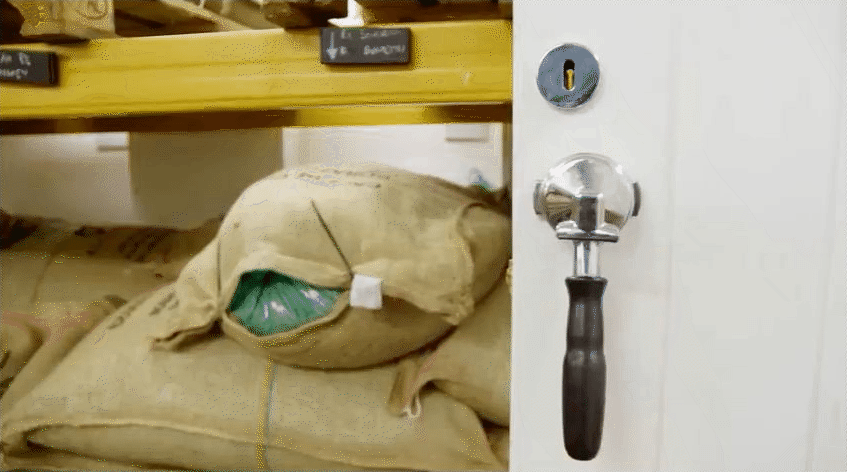
Coffee is the second most sought after commodity in the world, with an industry worth more than $100 billion worldwide.
Brazil, the world’s largest coffee producer, exported $6.5 billion worth of coffee alone in 2014.
[visualizer id=”148888″] Source: Food and Agriculture Organization of the United NationsBefore that money changes hands, the coffee goes through a lengthy process of testing by the purchasing party.
According to Joe O’Hara of Alchemy Coffee:
“We taste the coffee with the farmer and we agree that we’re going to buy it. He sends us what’s called an offer sample. It’s a hand-sorted sample that somebody sits at a table and grades and sorts and makes sure it’s okay. They send it to us; we roast it, taste it, and agree that we’re going to buy it.”
Once this stage is complete, the farm processes the rest of the coffee using machinery. A second sample is sent to the buyer to ensure that the machine-sorted coffee has the same taste as the hand-sorted sample. If the buyer is happy with the quality, the purchase is finalised and the coffee is shipped off.
However, the coffee remains the farmer’s responsibility until it is placed on a ship agreed upon with the buyer. As soon as the coffee is on board it becomes the buyer’s responsibility.
Typically, a ship departing from Central America travelling to Europe will take four weeks to arrive. Once in its destination country, the shipment passes through customs and import taxes are paid, after which the shipment is released to the buyer and the transaction is complete.
Getting it ready for consumers
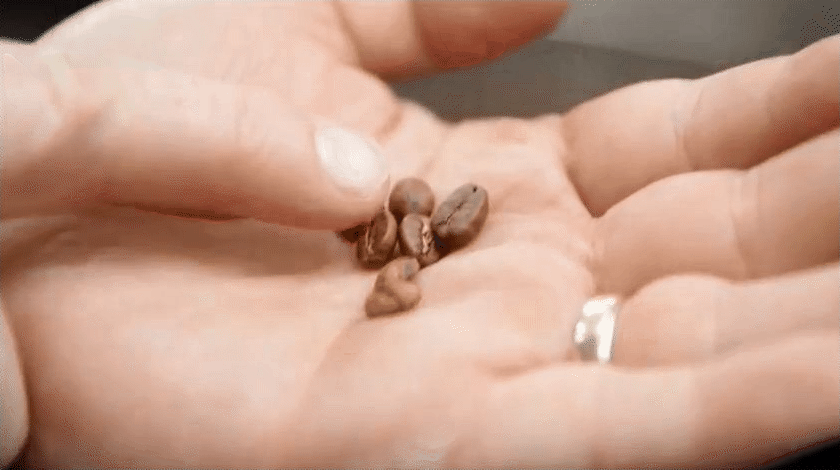
Before coffee is ready for consumption, the beans must go through a roasting process. It is this step that helps to give coffee its distinct smell, taste and appearance by drawing out the bean’s natural oils.
To complete the process, beans are heated to a temperature of 260 degrees Celsius. It’s a delicate process that could damage the beans if they are heated too fast or too slow. Each batch is placed inside a spinning drum in order to ensure that the beans are being evenly heated and don’t burn.
The roasting process is different for each batch. Likewise, it also depends on the type of coffee that the roaster hopes to produce (light, medium or dark). Roasters tend to test small samples of each batch first in order to find the perfect temperature and roasting time.
Once the bean’s smells start to come out, that distinct crack appears and it has acquired its dark brown colour, the bean is finally ready to become your early morning beverage.
Ready to drink

Grind the bean, brew it up and enjoy, knowing just how much time and effort went in to its creation.







